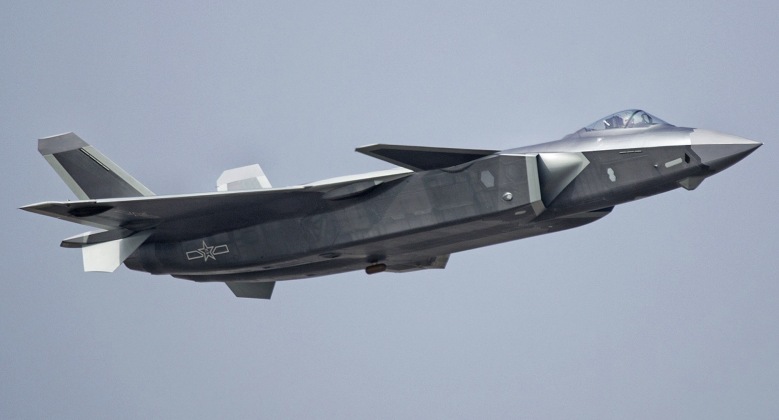News
F-35 Completes Landmark Pentagon Test: Stealth Jets To Be Ready For Mass Production a Decade Behind Schedule
The F-35 fighter program has completed a series of Pentagon tests critical to gaining approval for full scale production, with the decision regarding production scheduled to be made by the Department of Defence in 2024. The Joint Simulation Environment tests were completed on September 21, with the Pentagon’s Office of the Director, Operational Test and Evaluation now required to analyse test data. The tests put all the F-35’s three variants through in depth scenarios that ranged widely in their content and simulated situations that would likely be encountered when operating the aircraft in a full scale conflict. Among the scenarios included were defensive counter air, defence against cruise missile strikes, combined offensive air dominance, air interdiction, and air defence suppression, with the exercises held at Naval Air Station Patuxent River in Maryland. The F-35 was initially expected to be approved for full scale production around 2015, more than a decade after its heavier counterpart the F-22, with the program having since become notorious for the delays and wide ranging performance issues it has faced. Combat readiness and the testing processes of fifth generation fighters has often been questioned, with only the Russian Su-57 which is considered in many respects the least complex of its generation having been used in high intensity combat such as air to air and air defence suppression missions.

Approval for full scale F-35 production was initially expected to pave the way towards manufacturing of hundreds of F-35 airframes annually, with the U.S. Air Force alone having been intended to acquire the aircraft at rates of 110 per year. Significantly more were to be acquired by the Navy, the Marine Corps and foreign clients. With the Air Force having cut acquisitions to 80, then 60, and finally just 48 aircraft per year, however, production is not expected to significantly increase over current levels. Air Force Lieutenant General Michael Schmidt thus acknowledged when discussing the F-35’s approval for full scale production that the aircraft is already being built at close to the full expected capacity, which is almost 150 aircraft per year. Production on such a scale with the fighter still considered very far from combat ready has been widely criticised often harshly, with Project on Government Oversight analyst from the project former Marine captain Dan Grazier warning that if testing finds problems with the F-35 before a full rate production decision is made it would likely result in a near for extensive further retrofitting of the hundreds of fighters already produced. The F-35 already suffers from approximately 800 design flaws and poor reliability, with serious overruns in operational costs and maintenance needs making it unaffordable in the numbers initially intended to be purchased.

Issues with the F-35 have seriously undermined its availability rates, imposed billions of dollars’ worth of additional operational costs, and at times placed the lives of the fighter’s operators at risk. A notable example was an accident at Hill Air Force Base in Utah on October 19, 2022 when a fighter crashed due to a software issue. The pilot was unable to abort the stealth jet’s landing sequence as it stopped responding and sharply banked to the left. The fighter’s performance has been very widely criticised by both military and civilian officials in the United States, with the last holder of the post of Secretary of Defence under the Donald Trump administration, Christopher C. Miller, referring to the program as a “monster” the military had created and to the fighter itself as “a piece of…” Reports from foreign operators such as South Korea have also often been highly critical, with the fighter’s very low availability rates at around 30 percent and lack of reliability taking a serious toll on the operational readiness of fleets adopting the aircraft. Aside from two F-15 airframes, however, the F-35 is the only fighter class the U.S. Air Force has acquired in close to two decades, with its position as the only fifth generation fighter in production in the Western world meaning that American and allied fleets have had no alternatives if seeking peer level assets to foreign rivals such as the Chinese J-20 and FC-31 fighters. Despite being a much larger twin engine aircraft, the J-20 from 2024 will be acquired by the Chinese People’s Liberation Army Air Force at around 250 percent the rate at which the U.S. Air Force acquires F-35s, with the program having progressed from its first flight to mass production far more smoothly and in a fraction of the time.












